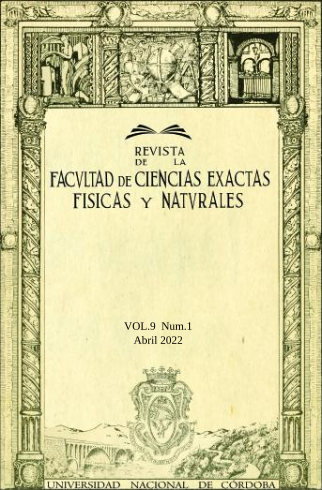Some On the use of low-cost MEMS-based accelerometers
Keywords:
accelerometers, MEMS, vibrations, testing, monitoringAbstract
Since more than two decades capacitive sensors based on Micro-Electro-Mechanical Systems (MEMS) have revolutionized industry and equipment based on their low cost and small size. Accelerometers have been included in all kinds of devices improving automation and process control. Their technical specifications make them useful for applications with frequencies up to a few hundred Hz, such as IMUs, robotics, monitoring, automotive dynamics, cell phones, human interface, sports and medical devices. In this case, sensor performance and reliability are properly ensured in the framework of a fixed installation with preset parameters. On the other hand, some well-known manufacturers provide general-purpose accelerometers based on this technology at competitive prices and covering a specific application range. Given the enthusiasm for modern and low-cost technology, the use of analog and mainly digital MEMS increases continuously, due to their comparative advantages. In the present work, the possibility of designing general-purpose accelerometers, including vibration monitoring and testing, using commercial MEMS chips is analyzed. The constructive requirements that allow to fully exploit the electrical characteristics of the sensor, by means of a suitable mechanical and electrical operating environment, are studied. Starting from an accelerometer chip as an example, a sensor is built, which is then tested and calibrated at low frequency. The sensor proves to be reliable for general use, within the actual measured technical specifications.
Downloads
References
[1] Bendat J. S. y Piersol A.. G., (2000), Random data: analysis and measurement procedures, John Wiley & Sons, New York.
[2] Ewins D. J., (2000), Modal Testing: Theory, Practice and Application, Research Studies Press Ltd., Baldock, Hertfordshire, UK.
[3] GE Healthcare, (2010), Optima MR450w Preinstallation Manual, Direction 5670001, Revision 3.0, General Electric Company, Waukesha, USA.
[4] ISO 10816-1, (2016), Mechanical vibration - Evaluation of machine vibration by measurements on non-rotating parts Part 1: General guidelines.
[5] ISO 8608, (2016), Mechanical vibration - Road surface profiles - Reporting of measured data.
[6] Lalanne C., (2014), Mechanical Vibration and Shock Analysis, Random Vibration - Volume 3, Iste Ltd. and John Wiley & Sons, Inc., Great Britain.
[7] Liu W., Wang R., Ding R., Meng X. y Yang L., (2020), “On-line estimation of road profile in semi-active suspension based on unsprung mass acceleration”, Mechanical Systems and Signal Processing, vol. 135.
[8] Sleeman R., van Wettum A. y Trampert J., (2006), “Three-Channel Correlation Analysis: A New Technique to Measure Instrumental Noise of Digitizers and Seismic Sensors”, Bulletin of the Seismological Society of America, vol. 96, pp. 258-271.
[9] Spence E., (2021), “What You Need to Know About MEMS Accelerometers for Condition Monitoring”, tomado de www.analog.com, agosto 2021.
[10] Wang G., Burrow M. y Gurmel G., (2020), “Study of the Factors Affecting Road Roughness Measurement Using Smartphones”, Journal of Infrastructure Systems, Vol. 26.
Downloads
Published
Issue
Section
License
Copyright (c) 2022 Facultad de Ciencias Exactas, Físicas y Naturales (Universidad Nacional de Córdoba)

This work is licensed under a Creative Commons Attribution 4.0 International License.
Any exploitation of the work is permitted, including exploitation for commercial purposes and the creation of derivative works, the distribution of which is also permitted without restriction.



